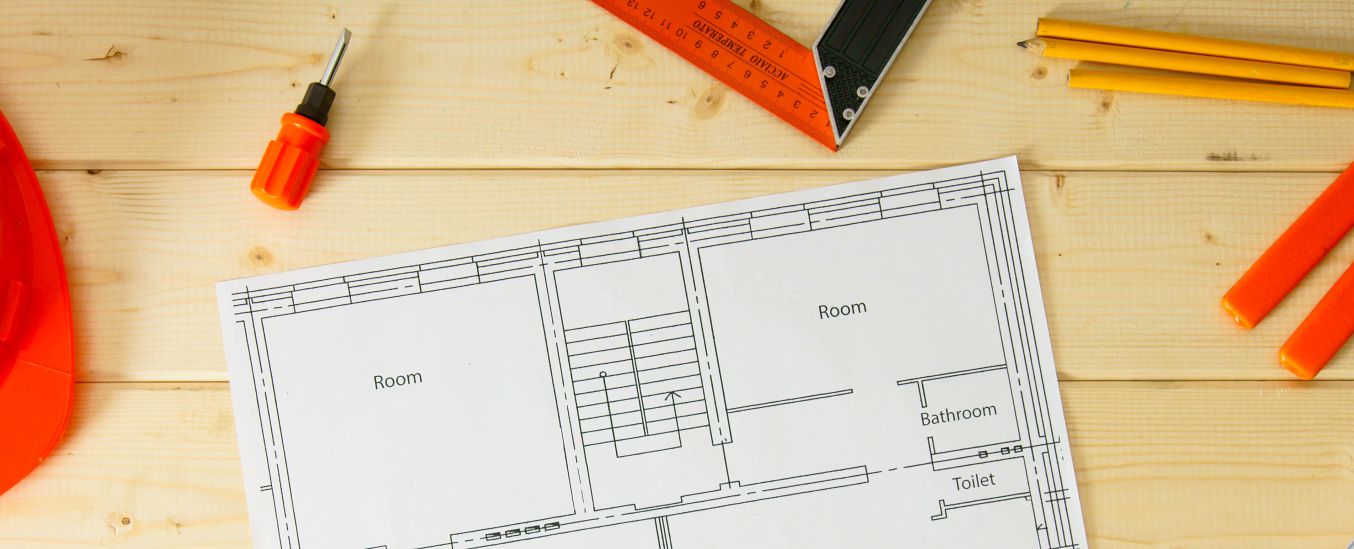Creating a floor plan for your home can be an empowering and enjoyable project. Whether you’re planning a renovation, rearranging your space, or simply wanting to visualize your home better, a well-structured floor plan is crucial. This guide will provide you with essential tools and tips to create effective DIY floor plans that suit your needs.
Understanding the Importance of Floor Plans
A floor plan is more than just a sketch of your home; it’s a visual representation that allows you to understand the space and make informed decisions. Here are some key reasons why having a floor plan is beneficial:
- Visual Clarity: It helps you see the layout of your home, making it easier to visualize furniture placement and overall flow.
- Planning Renovations: A floor plan allows you to experiment with different layouts before committing to any changes.
- Real Estate Advantages: If you’re selling your home, including a floor plan in your listing can attract more buyers and streamline the decision-making process.
Tools for Creating DIY Floor Plans
- Graph Paper: A traditional and straightforward approach, graph paper allows you to draw to scale using squares. This method is particularly useful if you prefer a hands-on approach.
- Digital Design Software: There are various free and paid software options available, such as:
- SketchUp: Offers both free and paid versions; great for 3D modeling.
- RoomSketcher: User-friendly software that allows you to create floor plans and visualize your designs in 3D.
- SmartDraw: Provides templates for creating detailed floor plans quickly.
- Floorplanner: An intuitive online tool that allows you to draw and furnish your floor plan easily.
- Mobile Apps: Apps like MagicPlan and Home Design 3D allow you to create floor plans on the go, making it easier to visualize your space without being tied to a computer.
- Measurement Tools: Accurate measurements are crucial for creating a floor plan. Use:
- Tape Measure: For precise measurements of rooms and furniture.
- Laser Distance Measurer: A more advanced tool for quick and accurate measurements, especially in larger spaces.
Tips for Designing Your Floor Plan
- Start with a Rough Sketch: Begin by sketching your existing layout to get a sense of space. Include all rooms, doors, windows, and any fixed elements like staircases.
- Measure Accurately: Ensure that all measurements are precise. Measure the length and width of each room, along with the locations of doors and windows.
- Consider Flow and Functionality: Think about how you move through your space. A well-planned layout should promote ease of movement and functionality. For example, kitchen spaces should flow into dining areas without obstruction.
- Experiment with Different Layouts: Use your tools to try out various furniture arrangements. This experimentation can help you discover the best use of your space.
- Incorporate Future Plans: If you plan on making changes or additions to your home, consider how your floor plan can accommodate these changes. Flexible layouts can save you from future headaches.
- Seek Feedback: Once you’ve created a draft of your floor plan, share it with family or friends for their input. Fresh eyes can often spot issues you might have overlooked.
How Inter Infinity Energy Solutions Can Help
At Inter Infinity Energy Solutions, we understand that creating an effective floor plan can be challenging. That’s why we offer expert guidance and professional assistance to help you visualize and optimize your space. Our team can work with you to ensure that every detail is considered, making your project easier and more efficient.
Get Started Today! For a free consultation, contact Inter Infinity Energy Solutions at 02030929602 or email info@interinfinity.co.uk. You can also book an assessment with us here.





order weed online fast from trusted sources